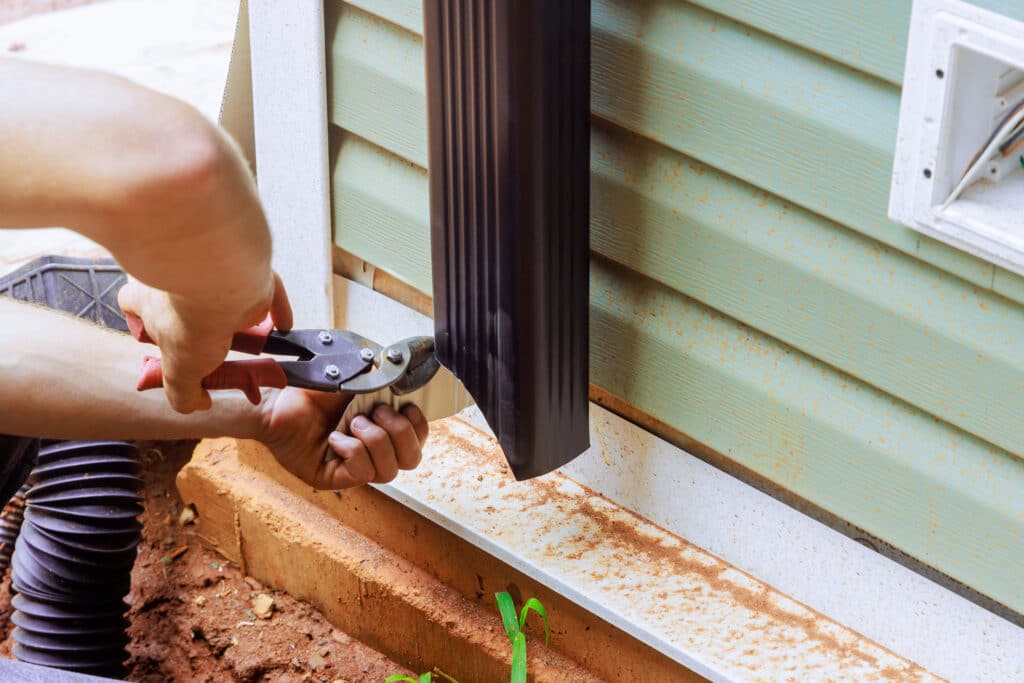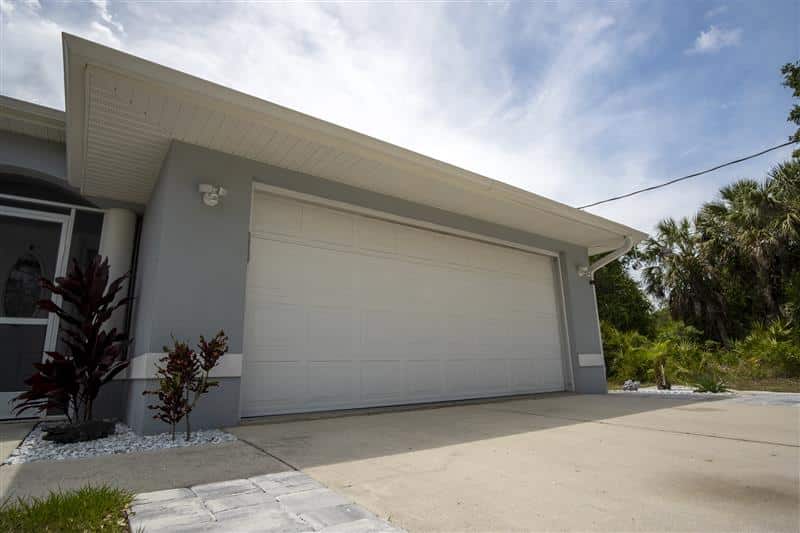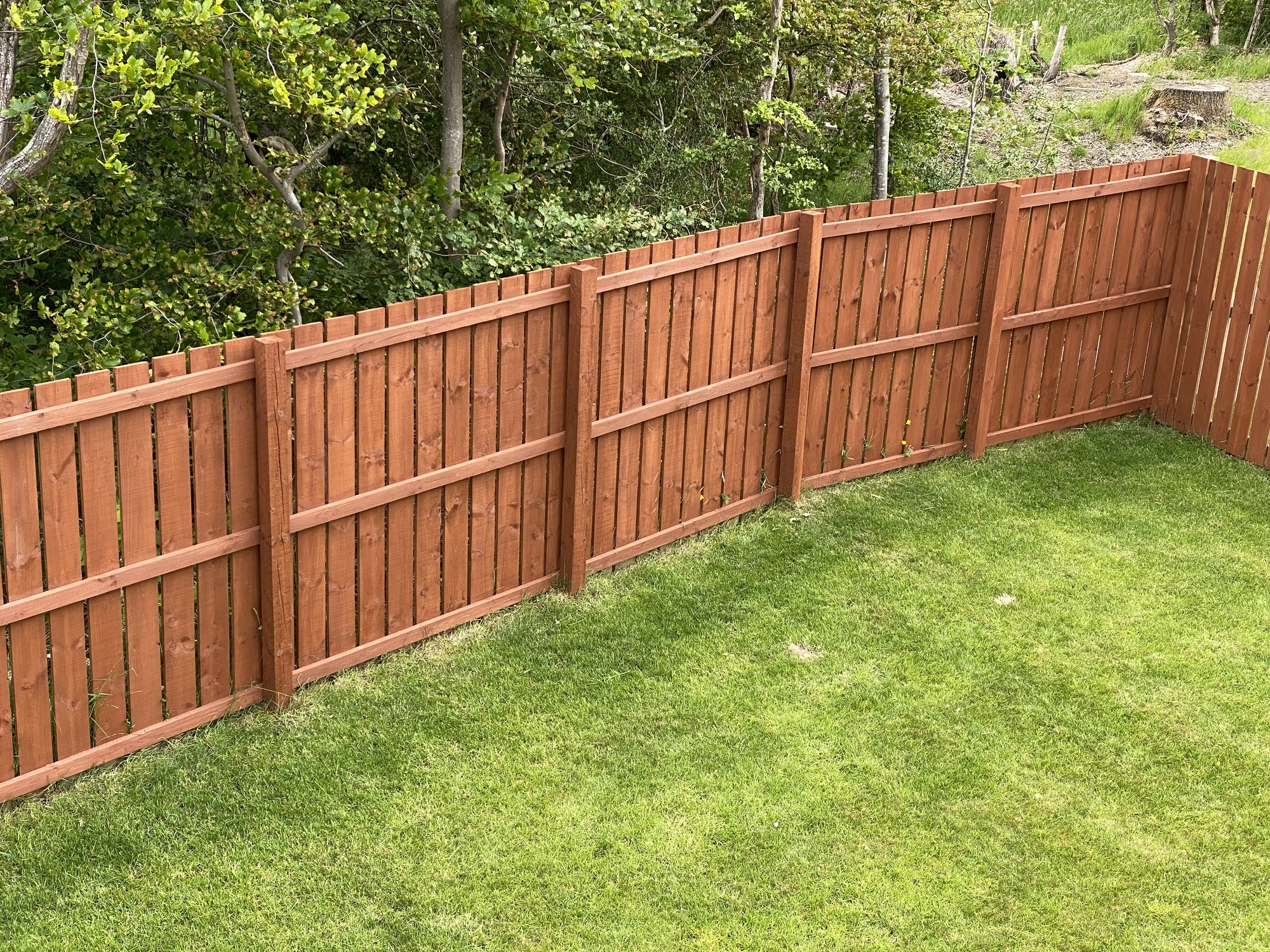Smart Remodeling Projects That Boost Hurricane Protection and Home Value

The dangers of hurricane season are real for homeowners in storm-prone areas. High winds, flying debris, and torrential rain can cause not only serious safety problems but also lasting structural issues. Storm surge can also cause devastating damage for those living along the coast. However, strategic remodeling projects, including everything from roofing to impact-resistant windows, will help protect your home while helping to retain its value in today’s real estate market.
Why Hurricane-Proofing Your Home Matters
Hurricane-proofing is not a seasonal checklist. It’s a long-term investment in safety and security. Building codes have evolved in response to powerful storms like Hurricane Andrew and Hurricane Ian, with strict standards regarding wind load resistance and impact-rated materials. Houses built under current standards, or standards that exceed today’s codes, should qualify for insurance discounts and will handle the force of storms much better.
Most great remodeling projects accomplish multiple objectives. They typically reduce potential risk, improve comfort, and contribute sustainable value, all while meeting local safety codes. If your home is well prepared for storms, your family and property are protected from the storm’s arrival. Some improvements can mean returning to your home faster after a major hurricane. Smart design choices, integrated with structural integrity, put your home in a better position, not only for safety but also to appeal to future homeowners in extreme weather areas.
Upgrade Your Roof for Wind Resistance and Insurance Savings
The roof serves as your home’s defense mechanism. In a hurricane, uplift forces can cause old or weak roofs to peel off, leaving your home exposed to wind and water damage. Updating your roofing with a modern, wind-resistant roof can help you meet current codes and insurance requirements.
Architectural shingles rated for high wind speeds can be an affordable compromise between cost and protection, while metal roofing systems offer long-lasting durability. Other effective options include ring-shank nails that secure the roof deck and secondary water barriers, just in case. For even more strength, hurricane straps or clips can better secure your roof to your structure.
In places with more localized code compliance, it’s valid to select products with a higher level of compliance, as those products will reflect long-lasting performance. Not to mention, many roofing products or upgrades can also earn clients wind mitigation credits, which translates to insurance policy reductions. Also, when you start the project outside of peak storm season, contractors typically have greater flexibility with scheduling and material availability.
Install Impact-Resistant Windows and Doors
Impact-rated windows and doors are a good upgrade for homes during storms. With laminated glass and reinforced frames, they protect against flying debris and help maintain the home’s pressure envelope during a hurricane. In addition, the windows will improve energy efficiency, decrease noise from outside, and enhance curb appeal — elements that potential buyers want.
Check for state or county certifications, which indicate that the product has passed rigorous tests. Many models also include UV protection and ENERGY STAR efficiency savings, which provide long-term savings. The initial investment may be higher, but the doors can reduce maintenance costs, add value to the resale, and also mitigate damage during storms. Always have a professional installation to ensure that it meets the required codes regarding the performance of these products in your specific location.
Fortify Your Garage and Entry Points
Garage doors are a common point of failure in hurricanes. Once the wind enters the garage, pressure between the roof and the garage door can potentially lead to catastrophic structural damage. If you upgrade to a wind-rated garage door with bracing and heavy-duty tracks, you can better protect your home from the wind. You can also use a retrofit kit on newer models that already comply with various standards.
Entry doors should have reinforced frames, deadbolts, and multipoint locking systems. If you can find doors that are impact- and wind-rated, that is even better. When inspecting your current doors, look for rust or weakened hardware and fasteners. Securing these vulnerable points of entry will help your home maintain its integrity and significantly reduce the likelihood of catastrophic failure during severe storms.
Add Storm Shutters for Flexible Protection
Storm shutters are a great, cost-effective alternative to impact-rated windows, and they provide a nice option for protecting your windows from wind pressure and flying debris. There are many options available, but the most popular storm shutters are accordion, roll-down, Bahama, and removable panels. When considering storm shutters, it’s essential to understand the benefits of each, taking into account your budget and ease of use.
Ensure that your storm shutter is rated for the wind zone of your home and that it is installed by a licensed contractor to meet local building codes. You should choose a model of shutters that allows for emergency exits and is easy to install, should you be evacuated from your home and cannot return before a storm, or should you need quick deployment.
Boost Drainage and Landscaping to Prevent Flooding
Flooding is one of the top three causes of hurricane property damage. Poor drainage systems, grading, and landscaping around your foundation can all lead to water intrusion around your home or under your foundation. Install dry wells, French drains, and gutters with debris guards to help direct and control water flow around your home during heavy rain.
If you live on the coast, consider installing flood barriers to prevent water from entering the home during a storm surge. You may also want to install a backflow prevention device to prevent floodwater and sewer backups. These devices allow water to flow through but block it from coming back in, reducing the likelihood of sewer backups.
Invest Now for Long-Term Protection
Hurricane-focused remodeling projects are about preparation, not reaction. Whether it’s upgrading your roof, reinforcing openings, or managing water flow, each improvement strengthens your home’s resilience while increasing its long-term value. Homeowners in storm-prone areas should take action during the off-season when contractors are more readily available and permits are easier to obtain. Consult with licensed professionals familiar with local wind zones and code requirements to ensure every update offers both safety and return on investment.



